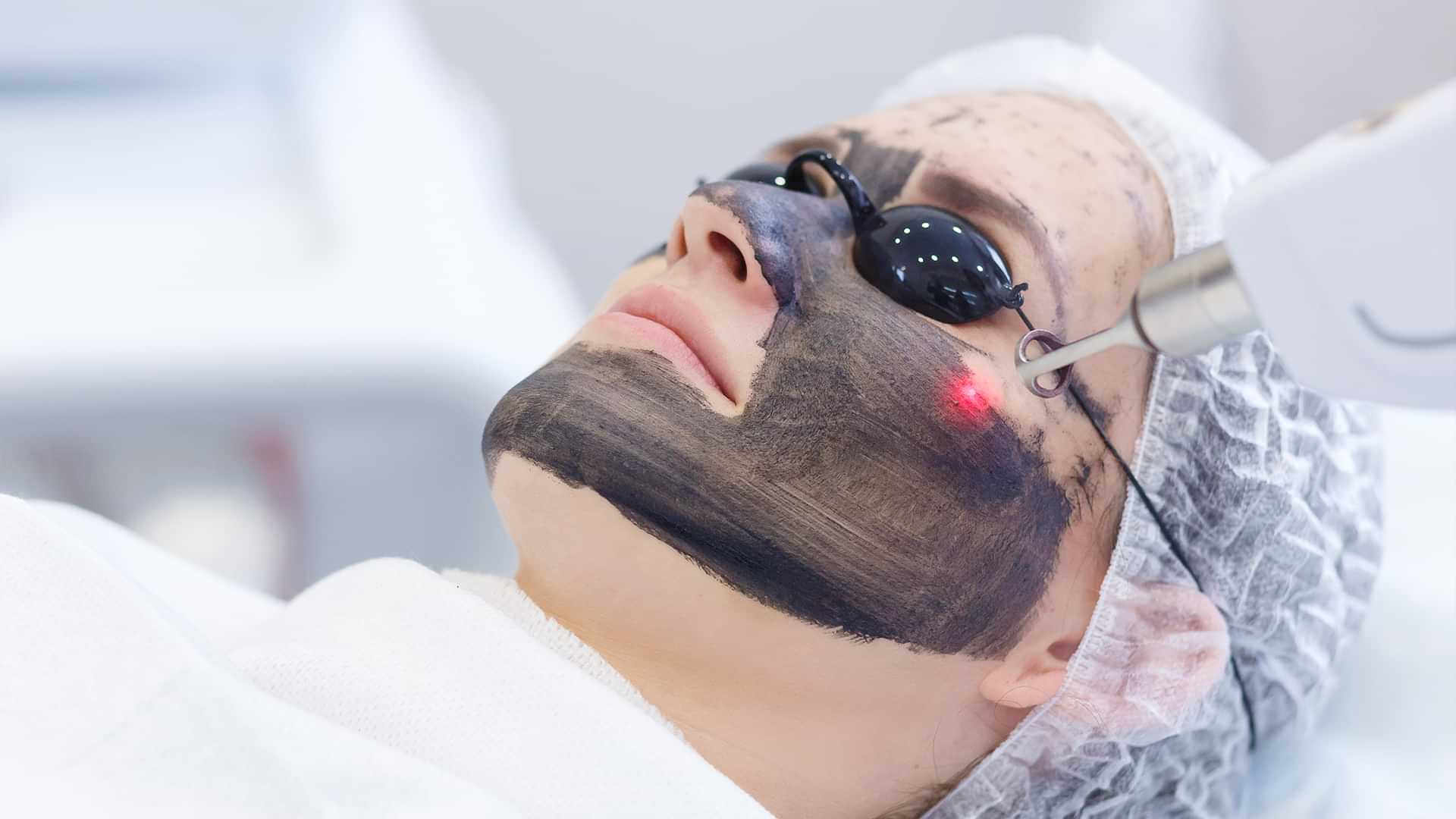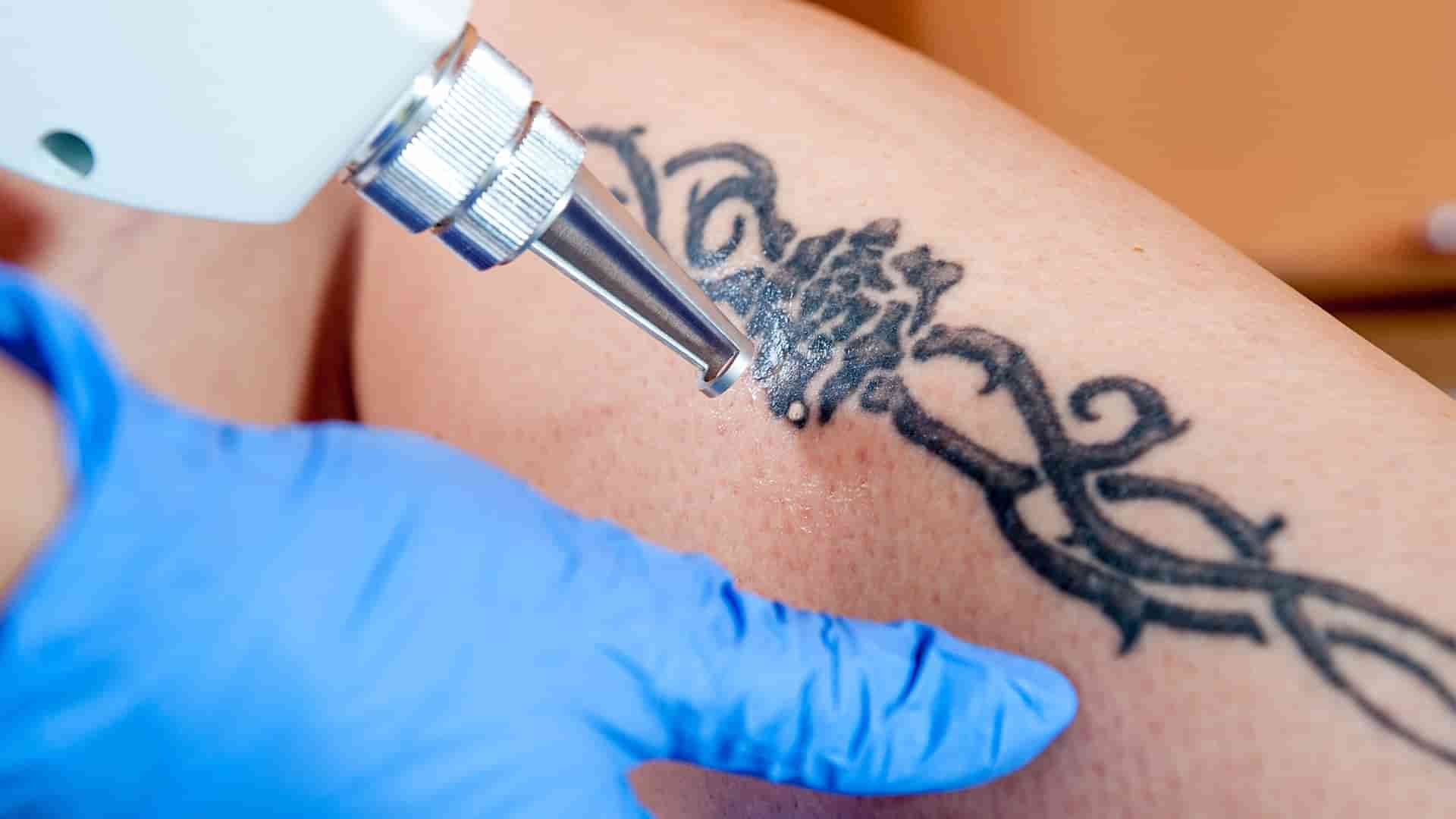Tag Removal

Tag Removal
Skin tags are benign skin growths that dangle from the skin's surface on a tiny piece of tissue called a stalk. They are made up of a variety of components, including fat, collagen fibers, nerve cells, and tiny blood arteries in certain cases. These collagen fibers and blood arteries may become entangled within a layer of skin, resulting in the development of a skin tag. Acrochordon is the medical word for a skin tag, which is also known as soft fibromas or fibroepithelial polyps.
Skin tags are common in locations where the skin rubs together, such as the neck, underarms, beneath the breasts, eyelids, and other skin folds. Small, flesh-colored lumps appear at first. They may remain small and go undetected, expand and remain painless, or enlarge and become irritating as a result of friction or pressure.
The source of skin tags is unknown, and there are no established treatments to avoid them. Skin tags are more prevalent in persons with diabetes and those who are overweight, according to research. Due to hormonal changes in the body, pregnancy can also result in an increase in the number of skin tags.
Skin tag removal is possible using a variety of techniques.
There's no need to remove skin tags. They aren't dangerous and aren't likely to become so in the future. Some people, however, find them unattractive and want to have them removed. A variety of procedures exist for removing skin tags. Cryotherapy, in which a clinician, generally a dermatologist, uses liquid nitrogen to freeze the skin tag off, is one of the most widely utilized methods. Electrocautery is another alternative, which involves burning the skin tag with an electric probe or needle. Larger skin tags may be best removed by snipping or excision with scissors or a knife. Skin tag removal is typically not reimbursed by insurance since it is seen as a cosmetic operation.
Skin tag removal home treatments are mainly untested.
While there are home treatments accessible, their effectiveness is mostly anecdotal and unsupported by substantial evidence. Some commercial kits include ligation bands that may be wrapped around the base of skin tags to cut off their blood supply and cause them to come off. There are another home "freezing" kits available, although they usually require several treatments. Tea tree oil and apple cider vinegar have also been said to be beneficial in the treatment of skin tags, although there is little evidence to back this up. Furthermore, these chemicals frequently irritate the skin. Tea tree oil, in particular, has been linked to allergic reactions on the skin.
Look for unusual characteristics.
What seems to be a skin tag is sometimes another form of skin growth. Ask your doctor to examine a fleshy growth that has characteristics that aren't typical of skin tags, such as color fluctuations, abrupt changes in size, or regions of bleeding or discomfort.






